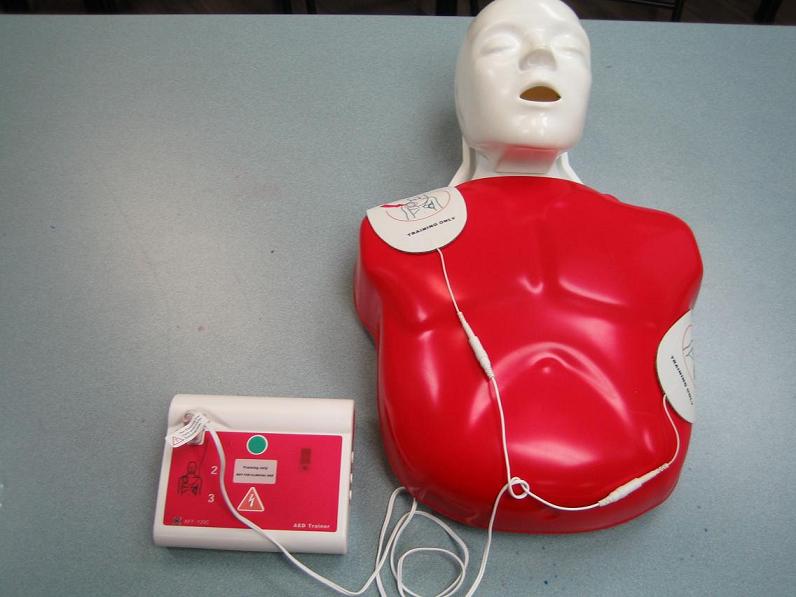Care for Common Skin Disorders
The skin normally secretes sebum, fluid, and perspiration through the sweat glands to help regulate the body temperature. However, there are instances when the sweat glands excessively produce and secrete these substances that cause skin disorders, especially in the areas where glands can be found in large numbers. The material posted on this page on […]
Care for Common Skin Disorders Read More »










